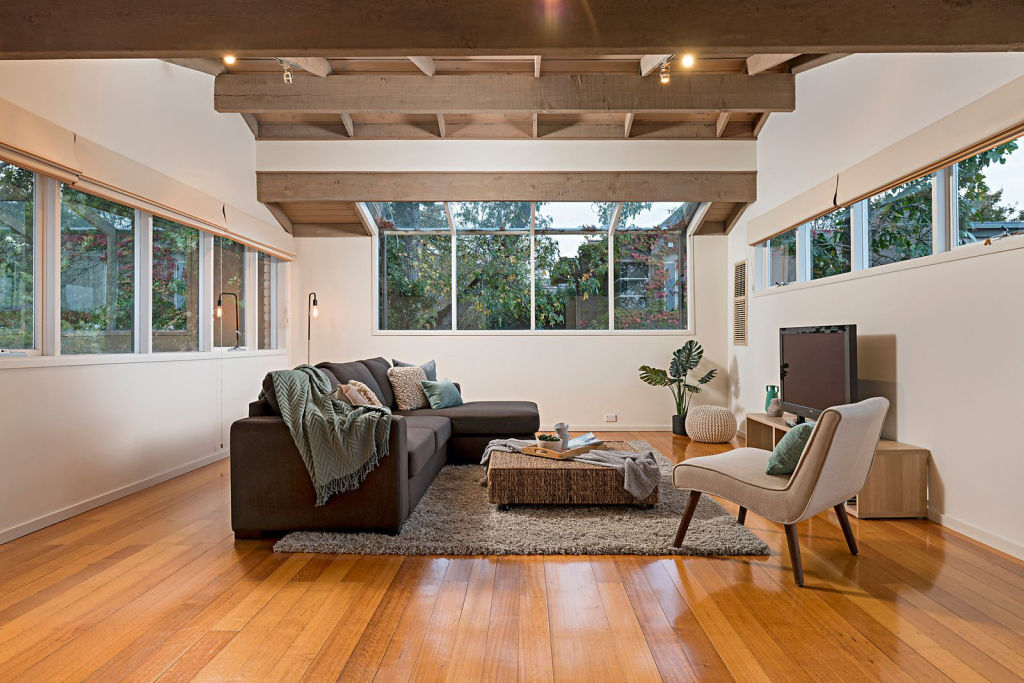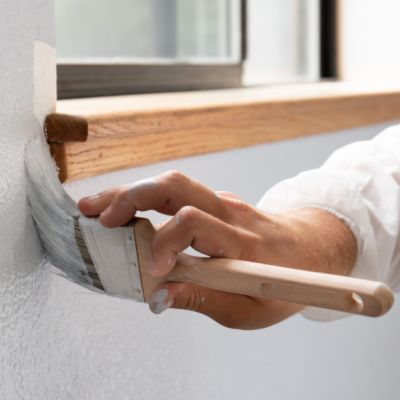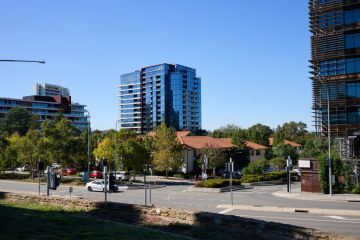'The key to securing a buyer': Why pre-sale preparation is now more important than ever

Falling property prices have presented patient house hunters who missed out in the boom with an opportunity.
But while many buyers are hunting for a bargain, nobody wants to buy a lemon. Those ready to buy want to minimise the chances of their new property falling in value, and are understandably cautious.
As a result, agents report that quality homes are performing better at auction than those that need work.
“Presentation is the key to securing a buyer in this market,” says Belle Property Annandale principal Robert Clarke.
“The more work we do to put the best product to market, the better it’s going to sell … Some clients will spend $10,000 on a makeover and it might add $25,000 to the sale.”

On the other hand, rundown renovation projects are less likely to sell under the hammer because there are fewer buyers willing to take on a fixer-upper. “If it’s unrenovated and overpriced, it’s not going to sell because buyers will factor in the cost of renovations,” Clarke says.
The key cause of price falls in the past 18 months – the tightened availability of credit – means the typical buyer has less money to spend.
Buyers’ advocate Cate Bakos says lending constraints mean buyers aren’t able to borrow as much, and have less of a cash buffer remaining to put towards renovations.
“In a seller’s market, buyers are more forgiving because the FOMO sets in. In this market, buyers are really scrutinising less-than-perfect listings,” Bakos says.
Presentation pays off
Pre-sale preparation should always form a key part of a vendor’s selling strategy, but it’s especially important in a buyer’s market.
Local real estate agents are often best-placed to advise on which updates buyers in the area expect, and many agencies even offer project management as part of their services.
Ultimately, changes should be designed to appeal to the widest pool of buyers, according to Nelson Alexander Kew agent Chris Ewart.

“The two best items are painting and flooring. They’re very good bang for your buck,” Ewart says.
Refinishing floorboards and replacing carpets will also broaden the appeal of a property, and changes that improve natural light can be worthwhile.
“People like light homes,” Ewart says. “Sometimes I’ve even advised putting a skylight in a dark hallway. It can be excellent value for money.”
Scrimping on a pre-sale renovation can be a false economy. Poor quality carpets or a sloppy DIY paint job can turn off buyers, but hiring tradies to do the bulk of the work will get the property on the market sooner.
Investing in wet areas such as kitchens and bathrooms can be tricky, because many buyers prefer adding their own style to these spaces, creating a risk of overcapitalisation.
“Unless you’re really confident you can deliver what the market wants, you’re better off not spending the money on a [major] renovation,” Bakos says.
The power of staging
While some vendors baulk at the cost and hassle of hiring furniture, agents tend to agree that styling a property pays off. “The difference between staged and unstaged homes never ceases to amaze me,” Ewart says.
“When you do stage a home, not only does it set the scene, but it takes your eye away from some of the possible imperfections a house might have.”

The cost of staging varies between about $2000 for a two-bedroom apartment, and about $6000 for a four-bedroom house.
“On the surface to most people it’s a fair bit of money, but I would argue it’s money well spent,” Ewart says.
Strategic pre-sale investments can set your home apart from comparable properties, according to Clarke. “At the end of the day it’s all about competition. The more that we try to get the presentation right, and the more buyers we get through the door based on the presentation, the better the chances of the client getting a good result,” he says.
We recommend
We thought you might like
States
Capital Cities
Capital Cities - Rentals
Popular Areas
Allhomes
More










